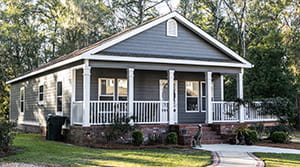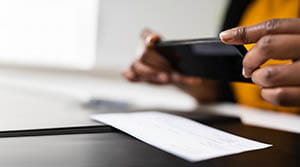Planning for a Large Purchase

When making a large purchase, a little preparation can go a long way in saving you money and ensuring your satisfaction. That’s true whether you’re buying a necessity like a refrigerator or a luxury product like a hot tub. And it’s essential when shopping for big ticket items such as a vehicle or home. Here are a few tips to guide your way.
Assess your needs
Knowing the product features you must have will help you establish a budget and avoid options that can cost you more. Distinguish needs from wants. For example, if you’re planning to buy a camper, you may need one that sleeps five; but you may want one with a large screen TV on the outside. Those extras can add up.
Evaluate the options
While it helps to have a sense of how much you can afford, you may not know how much an item costs until you shop around.
With consumer products such as appliances, computers or vehicles, you can narrow the options to your top two or three choices, assess their pros and cons, and get a handle on price. Create a simple chart to compare features and prices.
With a home purchase, you may have specific needs based on your lifestyle and family size. Plus, the availability, design and price of houses can vary greatly by market and neighborhood. For tips, see our home buying blog. It’s still smart to compare potential homes if the situation allows.
Determine how to pay for it
Will you use savings, financing or a combination of both? This depends on what you’re buying and how soon you need the money.
With higher priced items such as a new car or a house, a loan can make great sense, particularly when interest rates are low. Saving for a down payment can reduce the size of your loan and the long-term cost of borrowing.
If you need the money right away—say the refrigerator breaks down and is beyond repair—financing may be a good option. Most Americans know we should set aside emergency funds, but many of us have trouble doing it. So if you find yourself in need of financing, compare your options. A credit card is convenient but may have a higher interest rate than a loan.
If you have cash on hand or time to save it, you can gain advantages in negotiating a better price on many products. In general, saving up tends to be cheaper in the long run.
Create a savings plan
Once you determine how much money you’ll need to save for a down payment or to pay for the purchase outright, set a timeline to reach your goal. Use our savings goal calculator to help you create a monthly savings plan. Many experts suggest keeping the money in a separate account from regular funds, if possible, to help you stay on track.
Consult your banker
If you’re interested in growing your savings or want help understanding financing, your banker is a good resource. He or she can provide information and solutions.
























